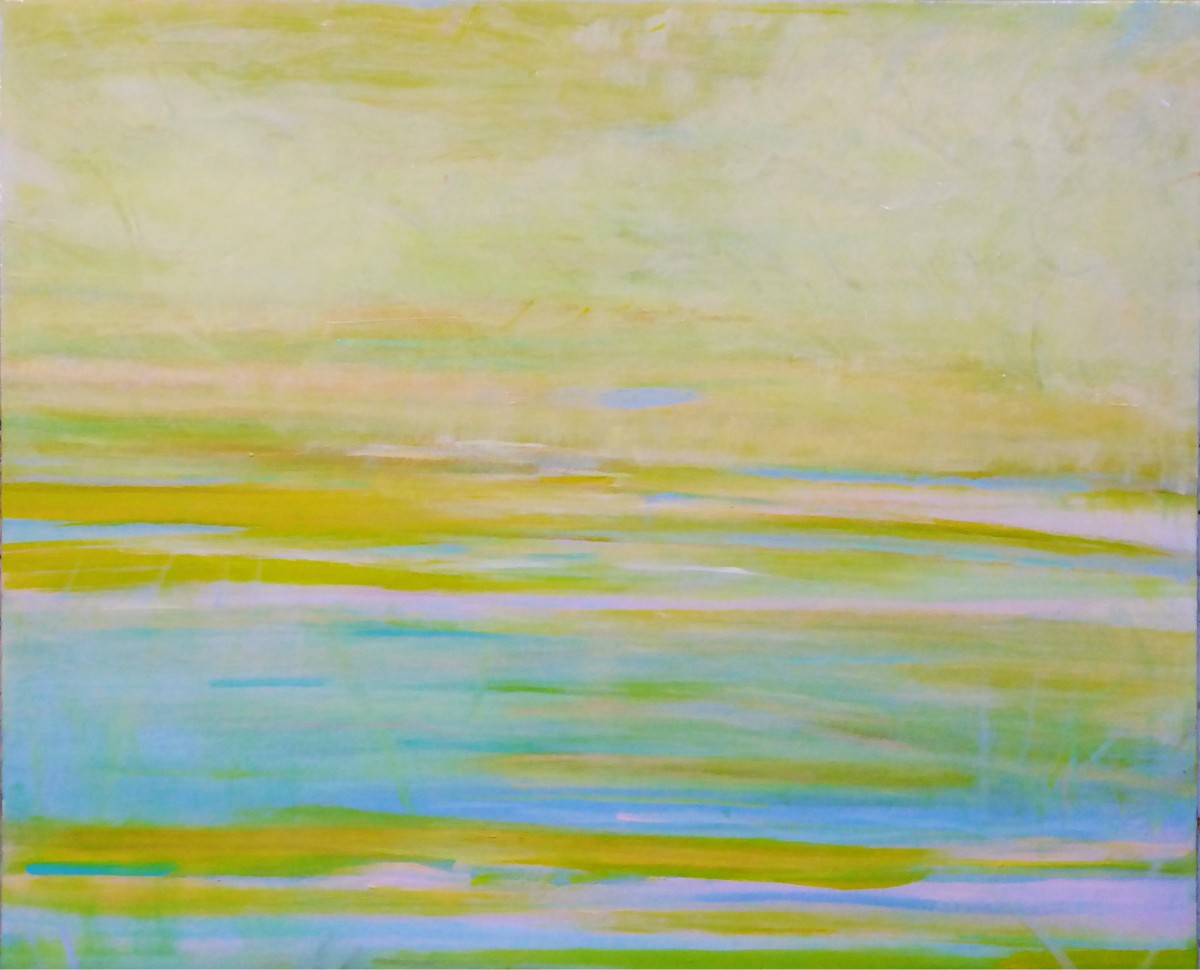1946: Born in Port Chester, NY.
1960’s: after active Army duty, begins a serious interest in painting, while in college, majoring in Spanish Literature. Receives B.A. (Fine Arts minor) from Colgate University.
1970’s: completes Army service; studies briefly at Art Students League with Theodoros Stamos; enters University of Pennsylvania Graduate School of Fine Arts in Painting, with full scholarship; studies with James Brooks, Jimmy Ernst, Angelo Savelli, Neil Welliver; granted final year out of residence; studies and paints in France, Ireland, Spain; receives M.F. A. in Painting; large acrylic paintings are referred to by critic Clement Greenberg and others as “lyrical abstractions”; exhibits in community galleries in Pennsylvania, New York, and California; paints in Mexico for the first time; teaches art in various conventional and unconventional venues; ttudies, and teaches, black and white photography.
1980’s: creates or designs public art projects in California, Arizona, Mexico, and the Philippines, often in collaboration with local artists; produces representational paintings in oil; produces series of prints (intaglio, monotype) that explore memories of military service and other topics; exhibits in cafes and community centers; teaches ESL, drives truck, works as a turbine engine repair technician in US and Venezuela. Receives MA degree in English from San Francisco State University. Reads poetry in various commercial venues in New York State. Begins coloring/literacy book project.
1990s: returns to New York; marries painter Ruth Tepper; sets up home studio; painting becomes more abstract; teaches in public schools; begins “Cobija” series. Begins transition from film-based photography to digital photography.
2000s: sets up studio on Upper West Side; paints abstracted landscapes; produces series of 40 paintings entitled “Spaces of the World”; hosts four studio shows; teaches at various colleges and community organizations; one man show (Art Under Construction gallery), group show (532 Gallery Thomas Jaeckel); exhibits in ten semi-annual invitational group shows in TriBeCa over a five-year period; sets up website; receives Ph.D. in Multilingual Education; writes promotional art reviews for contemporary art gallery.
2010s: sets up Harlem studio; paints numerous triptychs, and abstracted landscapes or lyrical abstractions on paper and canvas, using acrylic and oil paint; draws extensively from the landscape and cityscape; studies papermaking and fabric dyeing in Mexico; collaborates with Mexican fiber artist; begins series of “miniatures” in oil pastel or acrylic; begins series “Methane It Rots Your Brain,” in response to methane emissions and “fracking”; begins series of Hudson River drawings and paintings; works with Mexican American children and youth in studio, making traditional Mexican pull toys; visits Italy, drawing from master paintings and sculptures; one-man exhibit (“Hope/Esperanza”) at Manhattan’s Interchurch Center. Creates comic book (“This is not a snake”) in response to Trump’s Wall; begins painting series “I pini di Roma”; paints triptychs on a variety of themes; collaborates with Mexican artisans on the project entitled “Free Migration;” begins series of small paintings (“The Nuclear Family”) in response to nuclear weapons proliferation; produces numerous landscape and cityscape photographs; produces several computer-based memes in response to various political events and issues. Continues study of the natural and man-made environment via photography.
2020s: Continues work on “Free Migration,” using computer-based imagery; eschews use of petrochemical-based materials in paintings; temporary installations of “La Pasión” project in churches and sacred spaces; begins series of small tondos; increases output of haiku (some illustrated). Continues to study light in the landscape and cityscape via photography. Begins series of portrait photographs of neighborhood street vendors and others.
Comments (edited) by my teachers of long ago:
Robert Postma: “I have never had a student who understood color from the start, like you do. Don’t stop,”
Eric Ryan: “You must learn to draw.”
Neil Welliver: ”If you’re not back here by graduation, no degree.”
James Brooks: “Oh, yes. The yellow as well.”
Jimmy Ernst: “Are you interested in landscape, or what?”
Elaine deKooning: “Well, we don’t usually do that.”
Clement Greenberg: “I believe you have yet to arrive.”
Piero Dorazio: “Walsh. I am returning to Italy.”
List of collectors available on request.

